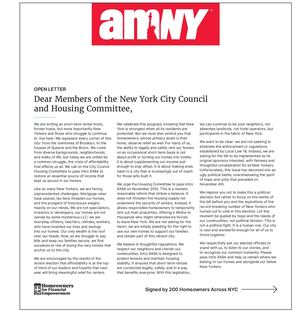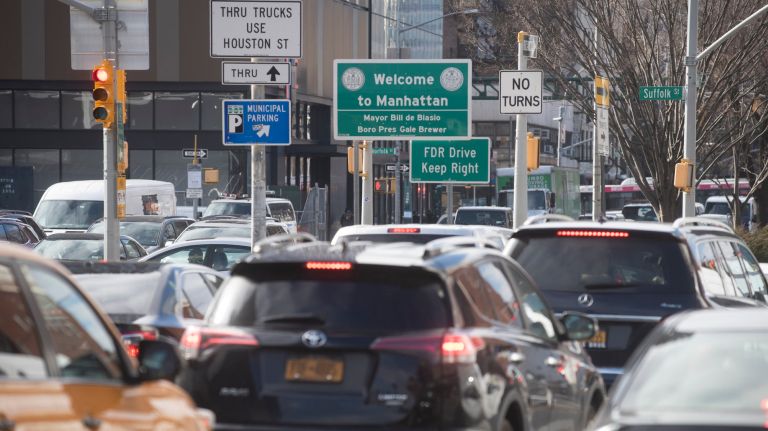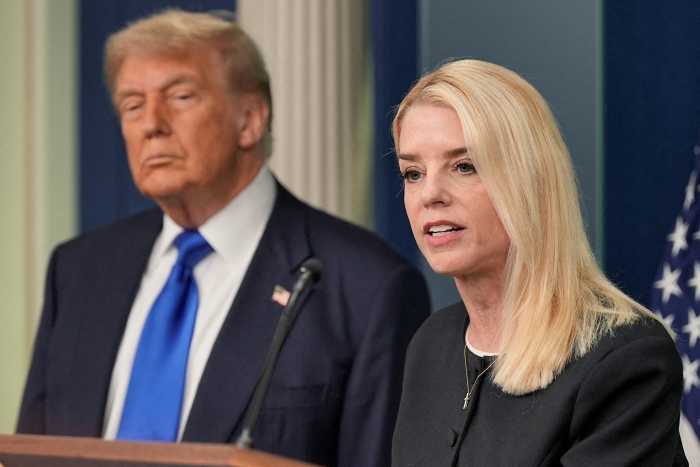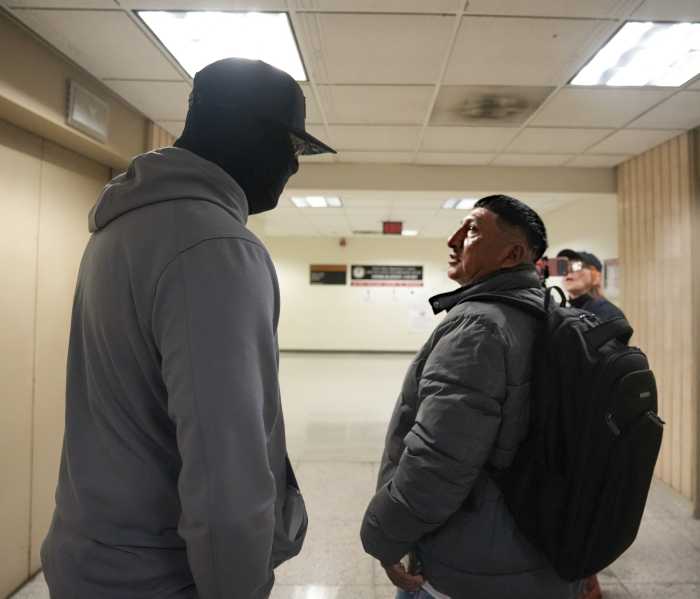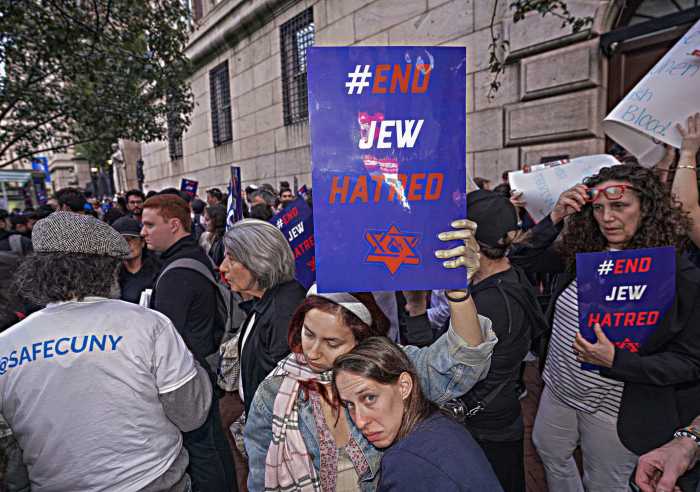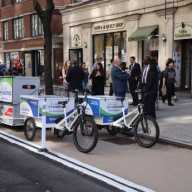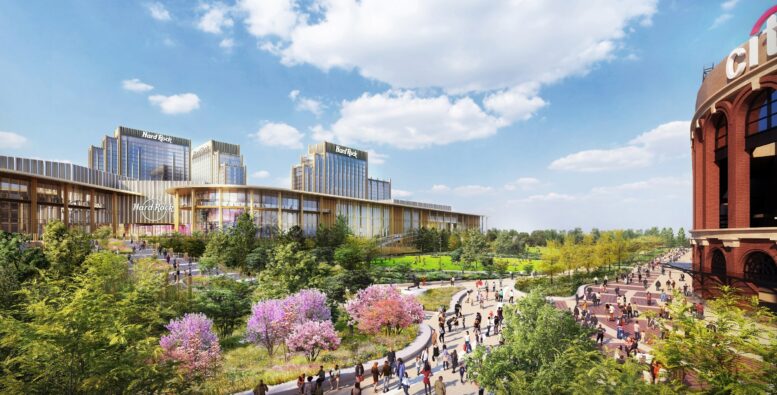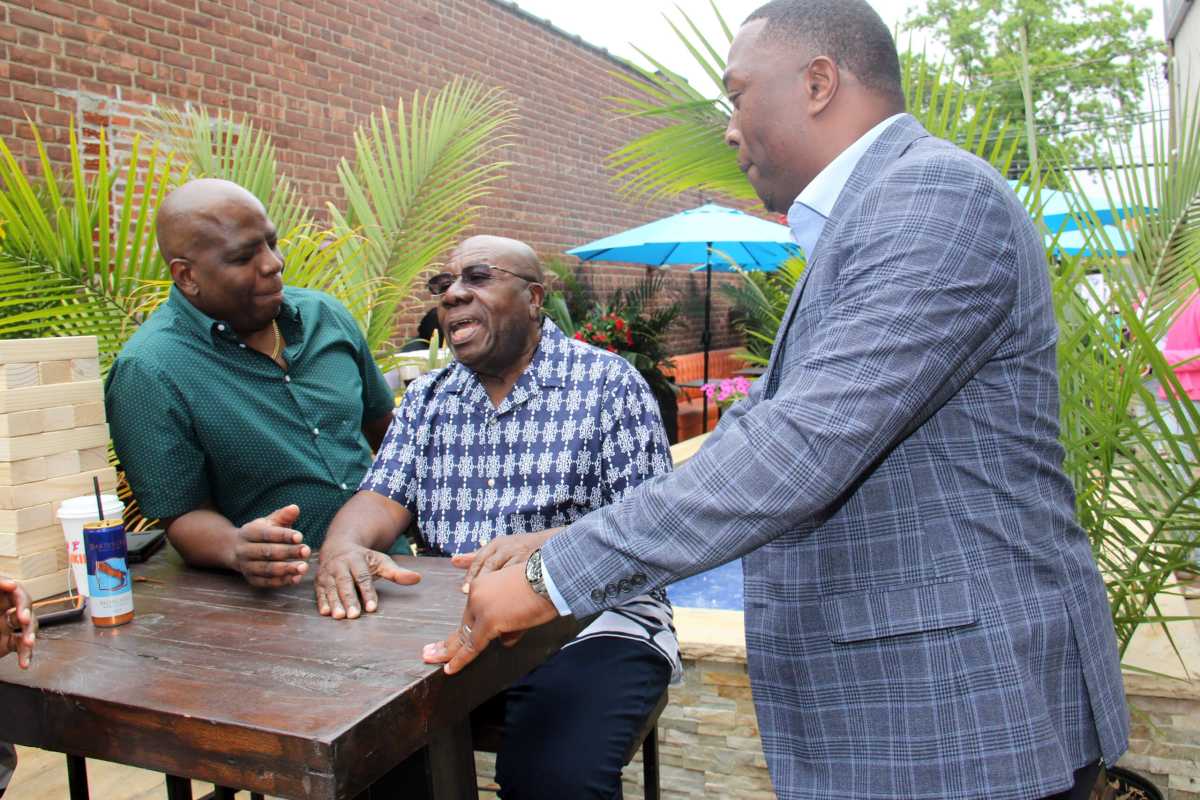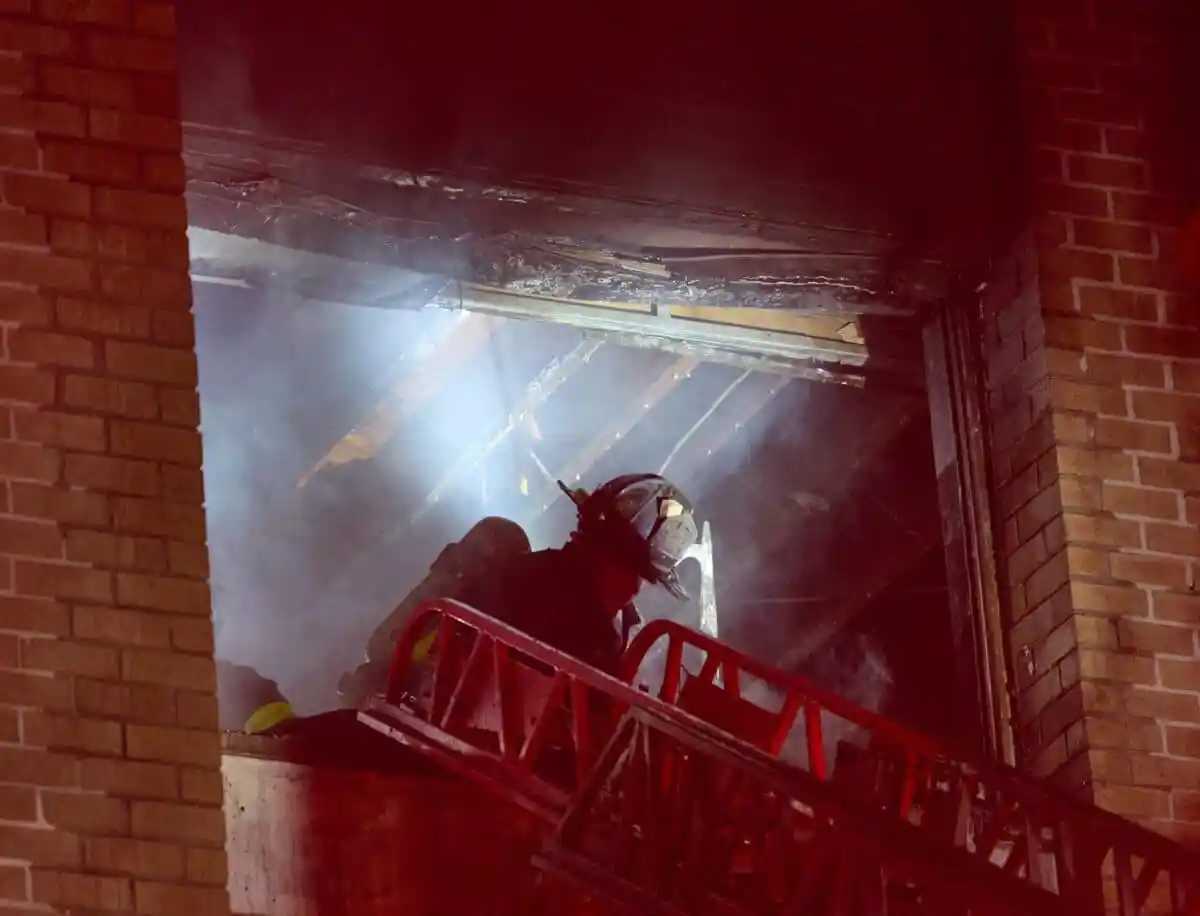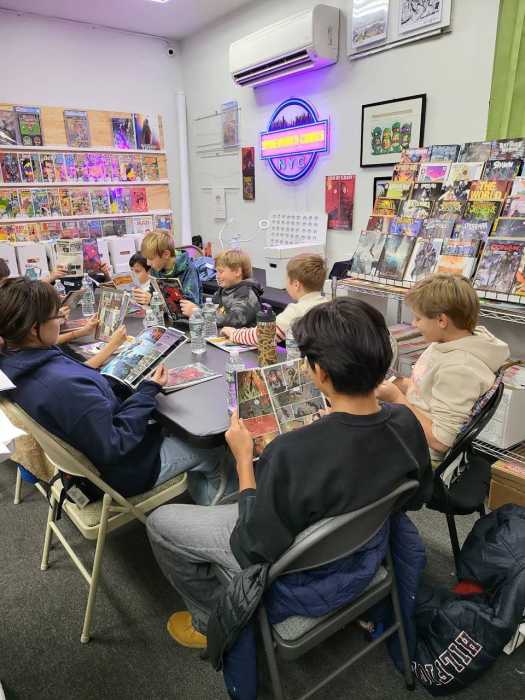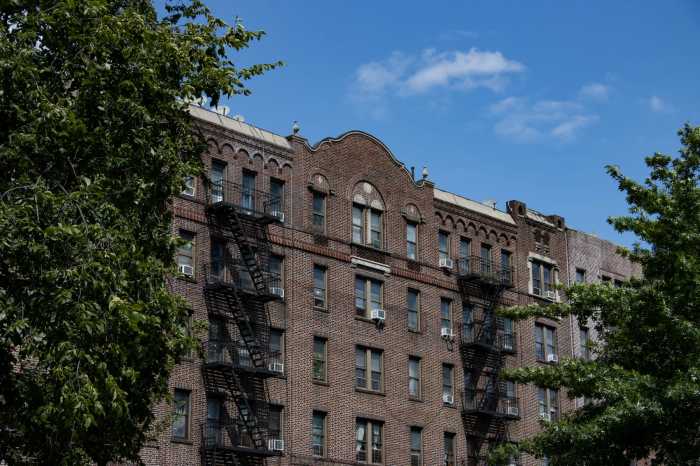
Plans to charge drivers to enter Manhattan below 61st Street became reality this month when state lawmakers approved the contentious congestion-pricing plan. Details will be figured out later — including cost, exemptions and discounts.
New revenue from the plan is supposed to help fund MTA projects (forget about the agency’s mismanagement of taxpayer dollars), but some think it won’t be enough. Will license-plate readers to enforce tolls lead to concerns about civil liberties? And will new tolling simply push traffic uptown — and then spark calls for congestion pricing there and everywhere else?
Clearly, congestion is a problem, but will tolls help address the proliferation of for-hire vehicles and companies that have poured tens of thousands of cars into NYC in a few years?
Uber and Lyft publicly support congestion pricing. But are these anti-labor forces looking out for New Yorkers’ best interests? These companies stand to gain from congestion pricing and grow.
Along with Uber and Lyft, other supporters of congestion pricing include real estate developers and corporations. The latest opinion polls show that most people oppose the plan, particularly blacks and Hispanics.
This might seem counterintuitive because the plan’s advocates have correctly pointed out that most working-class people of color rely more on public transportation. However, what some advocates overlook is how some working-class New Yorkers still depend on or benefit from cars. Not everyone can bike everywhere or easily get to work by train. People need options.
In fact, as with environmental activism, there might be a disconnect between how congestion-pricing advocates see the city and how people live their lives. Take, for instance, the growth of bicycling infrastructure (generally a good thing) and the skepticism from some in communities where minorities live who see bike lanes as interconnected with gentrification and not being for them.
Some fought for congestion pricing as the answer to mass-transit woes and congestion, but a full conversation was missed. Something must be done to minimize the negative impact of Uber and Lyft. Public transportation, the lifeblood of the city, should be free to truly incentivize New Yorkers to use mass transit.
Many feel like they’re being nickel-and-dimed and that their voices are not heard. A political backlash is often just around the corner.
Josmar Trujillo is a trainer, writer and activist.
